Late winter brings a perfect chance to shape and care for your garden shrubs. Getting your pruning done at this time helps plants grow better and produce more flowers when spring arrives.
The right winter pruning keeps your shrubs healthy, encourages new growth, and leads to more abundant blooms in the coming season. Your garden plants need different types of care based on when they form their flower buds.
Some shrubs do best with careful trimming, while others can handle more aggressive cutting back. Taking time now to prune will reward you with stronger, more beautiful plants later.
1. Roses

Roses need pruning in late winter before new growth starts. You should trim dead or damaged branches first to keep your rose bushes healthy.
Most rose types benefit from cutting back to about 30 inches high. This prevents winter winds from loosening the plants from the ground.
For landscape roses that form hedges, keep them at 4 feet tall. Cut them back a bit more when spring arrives to encourage fresh blooms.
Old-fashioned roses that bloom once yearly only need minimal pruning. Just remove dead wood since these roses flower on old branches.
2. Panicle Hydrangeas
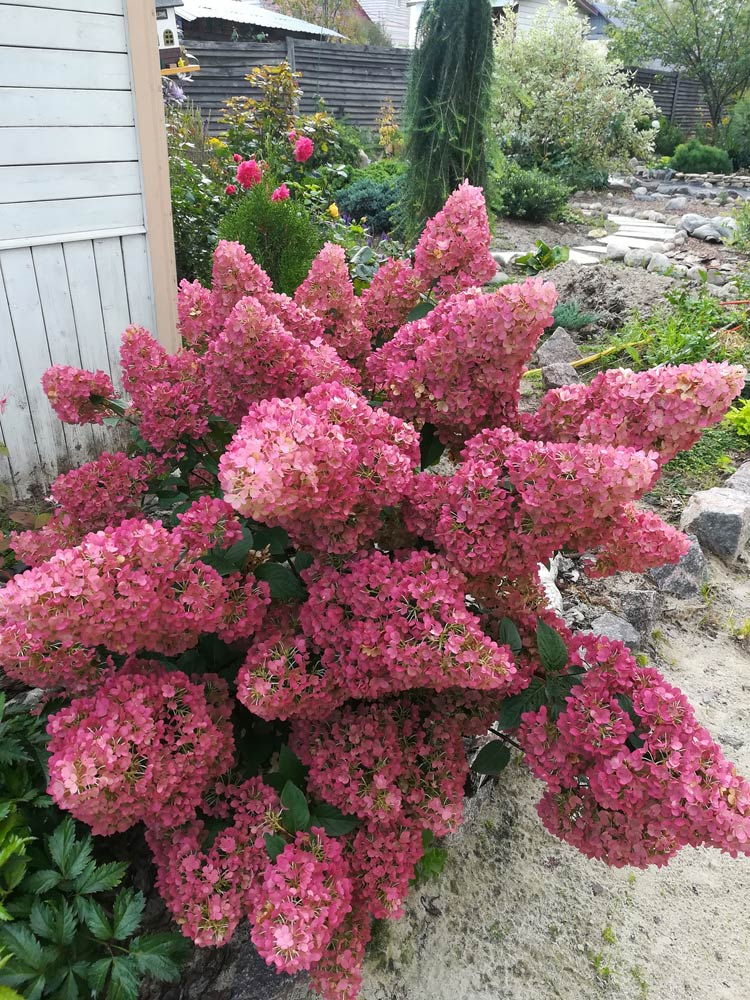
Panicle hydrangeas (Hydrangea paniculata) are some of the easiest flowering shrubs to maintain in your garden. They bloom on new wood, which makes pruning timing straightforward.
The best time to prune your panicle hydrangeas is in late winter or early spring before new growth starts. Cut back about one-third of the oldest branches to create a fuller, healthier shrub.
You can shape these hardy plants by removing dead or crossing branches. For a more compact shape, trim the stems to about 18-24 inches from the ground. This will encourage stronger stems and bigger flowers in summer.
These reliable bloomers produce large, cone-shaped flower clusters that start white and often turn pink as they age. They work great as foundation plants or in mixed borders.
3. Beautyberry
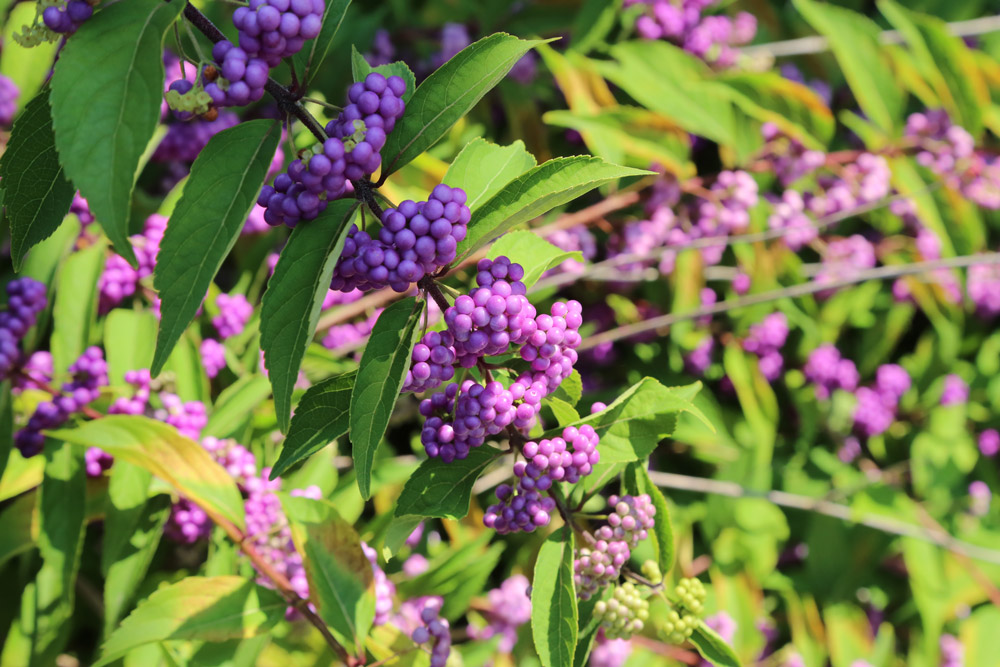
Beautyberry (Callicarpa americana) needs careful pruning to maintain its shape and encourage those stunning purple berries. Late winter or early spring is the perfect time to trim this shrub, just before new growth appears.
For young beautyberry plants under 3 years old, simply remove dead or damaged branches. After that, you can be more aggressive with pruning.
You can trim back the branches by about one-third of their length. If you prefer a more compact shape, cut all branches to about 12 inches above ground level. This hard pruning will lead to fuller growth and more berries in the fall.
Make clean cuts with sharp pruning shears to prevent damage to the plant. The berries often stay on the branches through winter, so you can wait until they naturally fall before pruning.
4. Dogwood (Cornus spp.)
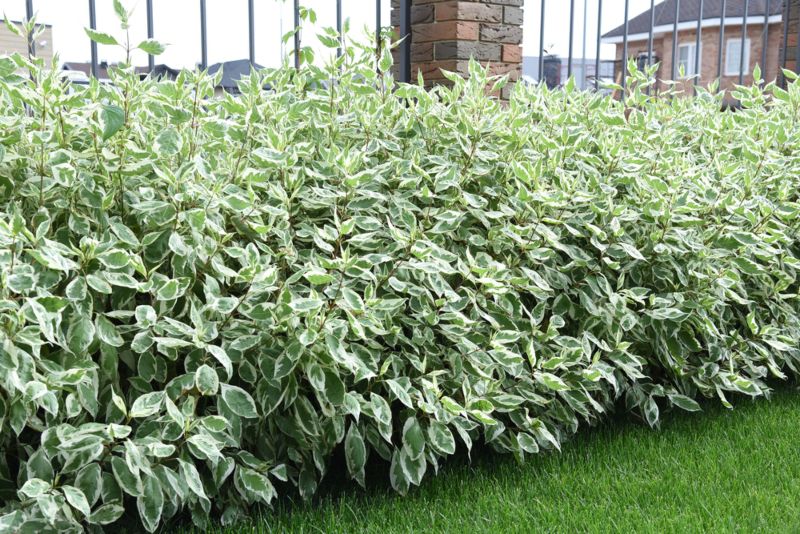
Dogwood shrubs need yearly pruning to keep their signature colorful stems bright and vibrant. The best time to prune is in late winter, just before new growth begins.
Cut all stems down to ground level or just a few inches above the soil. This might seem drastic, but it’s exactly what your dogwood needs. The plant will grow fresh, brightly colored stems in spring.
Your dogwood will reward you with vigorous new growth and stunning winter color. The fresh stems can range from deep red to bright yellow, depending on your variety. These eye-catching colors make dogwoods perfect for winter interest in your garden.
5. Butterfly Bush
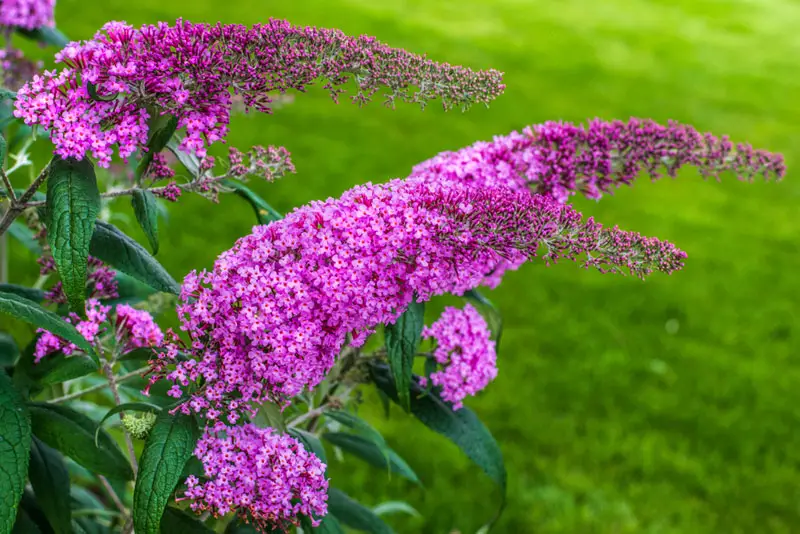
The butterfly bush (Buddleia davidii) needs annual pruning to keep it compact and blooming beautifully. This fast-growing shrub can reach 8 feet tall in just one season.
Cut your butterfly bush back in late winter or early spring before new growth appears. You can trim it all the way down to about 12 inches from the ground – don’t worry, it will grow back quickly.
These shrubs bloom on new wood, so hard pruning actually leads to more flowers. Regular pruning also prevents the plant from becoming too tall and leggy, keeping the blooms at eye level where you can enjoy them.
6. Smooth Hydrangeas
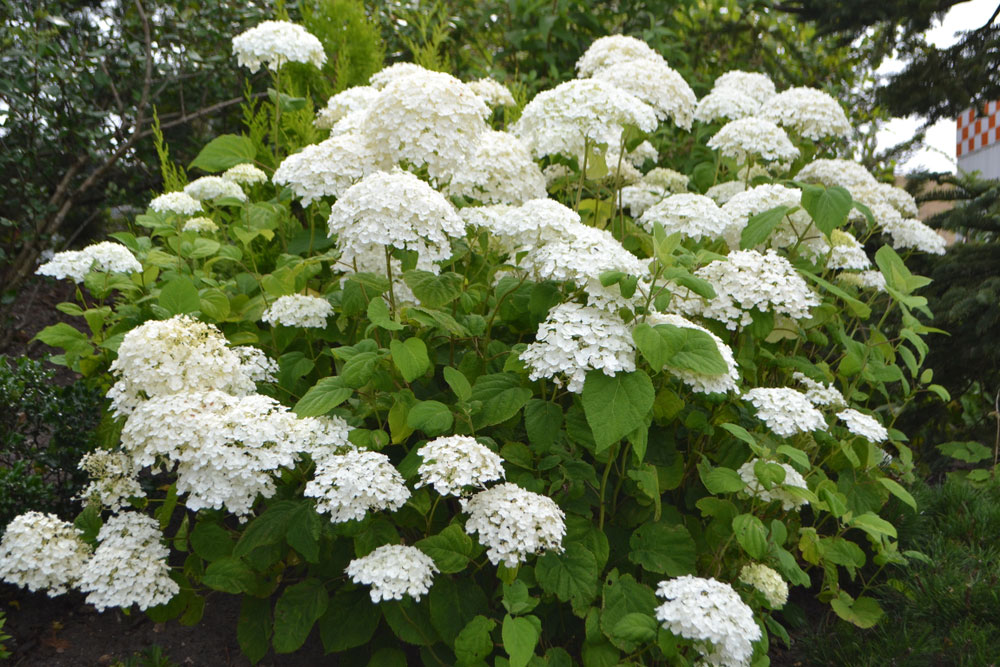
Smooth hydrangeas (Hydrangea arborescens) need pruning in late winter or early spring before new growth appears. These hardy shrubs bloom on new wood, making them easy to maintain.
Cut all stems down to about 12-18 inches from the ground using clean, sharp pruning shears. You can even trim them closer to the ground if you want a shorter plant – they’re quite forgiving.
This pruning style encourages strong stems and lots of big, white flower clusters in summer. Make your cuts at a slight angle to help water run off and prevent stem damage.
Remember to clean your pruning tools before and after use to prevent spreading plant diseases. Your smooth hydrangea will reward you with fresh, healthy growth and abundant blooms.
7. Rose of Sharon
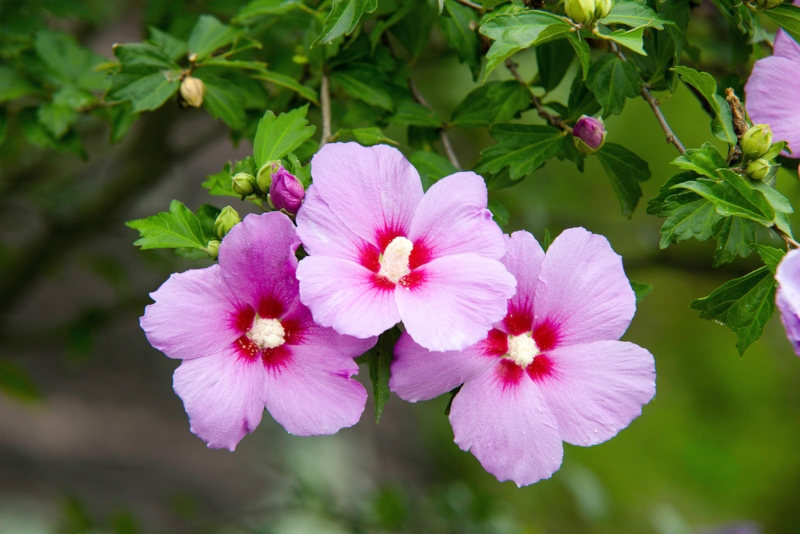
Rose of Sharon (Hibiscus syriacus) needs pruning in late winter or early spring before new buds form. This timing helps prevent disease and ensures you won’t accidentally remove this year’s flower buds.
You can shape this tropical-looking shrub to keep it compact and tidy. Cut back dead or overgrown branches to encourage healthy new growth. This hardy plant grows well in zones 5-10 and can reach heights of 12 feet.
The amount you prune affects flower size. Trimming more branches results in fewer but larger blooms, while lighter pruning leads to more numerous smaller flowers. This shrub handles pruning mistakes well, making it perfect for gardeners of all skill levels.
8. Japanese Spirea
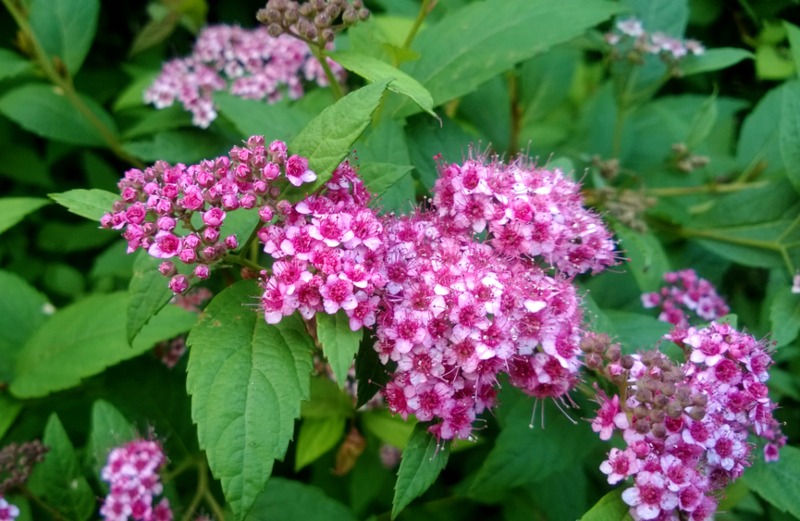
Japanese spirea (Spiraea japonica) needs a good trim in late winter just before new growth starts. You can cut these compact shrubs back to about 4-6 inches above ground level.
Don’t remove more than one-third of the plant at once to keep it healthy. This rule helps prevent stress and disease in your spirea.
For the best flower display, trim your spirea again right after the first blooms fade. This quick haircut will encourage a second round of flowering and keep the shrub looking neat.
Small varieties like ‘Little Princess’ and ‘Gold Mound’ are perfect for borders and small gardens. These dwarf types stay naturally compact but still need yearly pruning to maintain their shape.
9. Crape Myrtle (Lagerstroemia spp.)
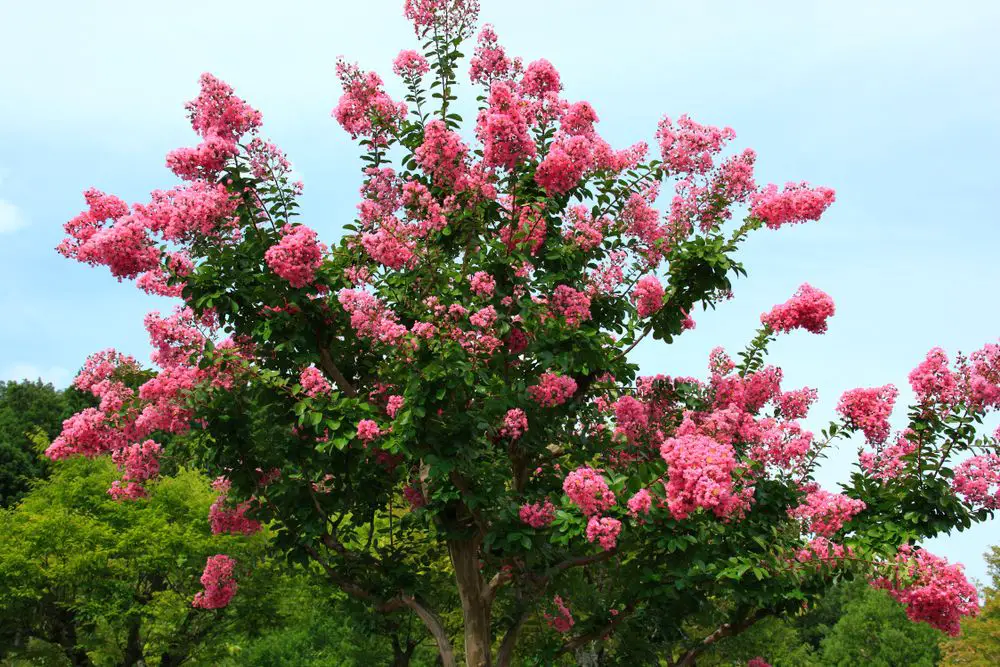
Crape myrtles need pruning in late winter before new growth starts. You can shape these beautiful flowering shrubs to fit your garden’s needs, as they come in sizes from 2 feet to 25 feet tall.
Focus on removing dead and twiggy growth to show off the plant’s natural shape. This helps the shrub bloom better and keeps it healthy. Cut away any crossed branches or ones growing toward the center of the plant.
Don’t cut the tops off your crape myrtle – this harmful practice weakens the plant. If your shrub gets too big for its space, it’s better to move it to a new spot than to prune it too heavily.
These shrubs grow well in zones 6-9 and need regular water while getting established. Add mulch around the base to keep moisture in and weeds out.
10. Elderberry (Sambucus spp.)
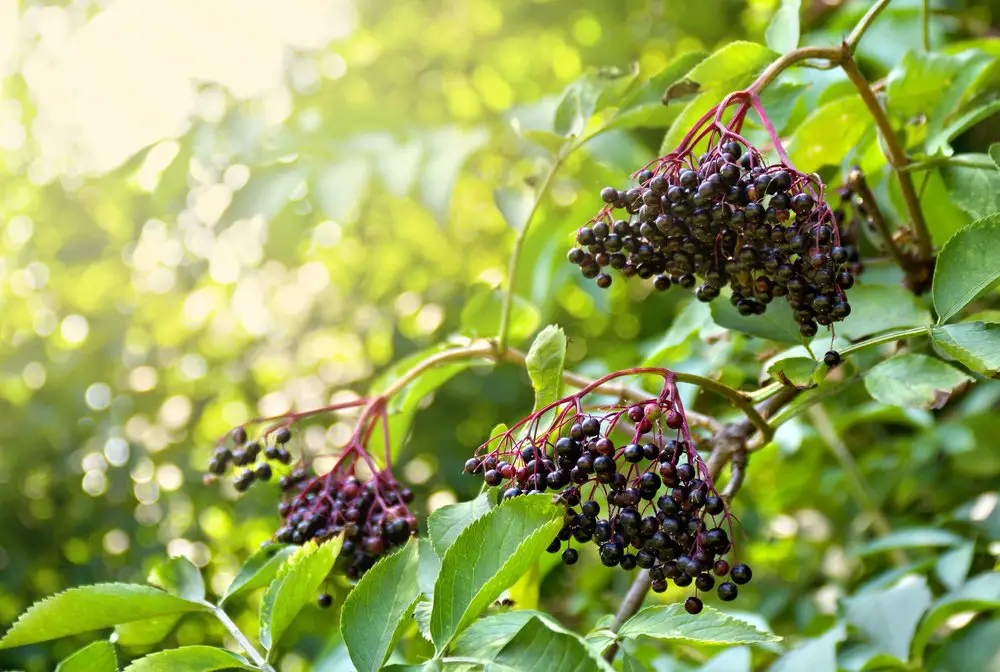
Your elderberry shrub needs pruning in late winter while it’s dormant. This timing lets you see the branch structure clearly and reduces stress on the plant.
Cut away any dead, damaged, or crossing branches first. Remove older canes (3+ years) at ground level, as they produce fewer berries than younger stems.
Keep 6-8 of the healthiest young canes. These younger branches will give you the best berry harvest in summer. Each cane should be about 1-2 inches thick.
For new plants, you can save some of the pruned canes. Take 10-inch cuttings from healthy branches and plant them in spring to grow more elderberry bushes.
Benefits of Pruning Shrubs Before Spring
Pruning shrubs during late winter gives plants the best chance to thrive in spring and summer. The timing helps plants heal quickly and direct energy toward new, healthy growth.
Promoting Healthy Growth
Winter pruning removes dead and damaged branches when plants are dormant. This gives shrubs extra energy to produce fresh growth and more flowers in spring.
Cutting back overgrown branches helps sunlight reach all parts of the plant. Your shrubs will grow fuller and more evenly shaped.
Tips for healthy growth:
- Cut branches at a 45-degree angle
- Remove crossing or rubbing branches
- Trim back 1/3 of old growth
- Use clean, sharp pruning tools
Winter pruning encourages stronger root development. The plant can focus its resources on establishing a robust foundation before the growing season starts.

Preventing Diseases and Pests
Clean cuts made during winter are less likely to attract harmful insects or diseases. The cold temperatures reduce pest activity and infection risks.
Removing dense growth improves air flow through branches. Better circulation makes it harder for fungal problems to develop when spring arrives.
Key prevention steps:
- Clear away pruned material from base of plants
- Sanitize tools between shrubs
- Look for signs of disease while pruning
- Remove any infected branches completely
Thinning crowded areas helps you spot pest problems early in spring. You’ll have easier access to treat issues before they spread to healthy growth.
Pruning Techniques for Shrubs
The right tools and proper pruning methods will help your shrubs stay healthy and look their best. Clean cuts and correct timing make a big difference in how well your plants grow.
Understanding the Right Tools
Essential pruning tools:
- Hand pruners for branches up to ½ inch thick
- Loppers for branches up to 2 inches
- Pruning saw for larger branches
- Hedge shears for formal hedges
Keep your tools sharp and clean. Wipe blades with rubbing alcohol between plants to prevent spreading diseases. Quality tools will last longer and make cleaner cuts.
Best Practices for Pruning
Remove dead, damaged, or diseased branches first. Make cuts at a 45-degree angle just above a leaf node or bud.
Don’t cut more than 1/3 of the shrub’s total growth in one season. This prevents stress on the plant.
Tips for successful pruning:
- Prune spring-flowering shrubs right after blooms fade
- Cut summer bloomers in late winter
- Remove branches that cross or rub against each other
- Step back often to check your work
Start with small cuts and work slowly. You can always remove more, but you can’t put branches back once they’re cut.



